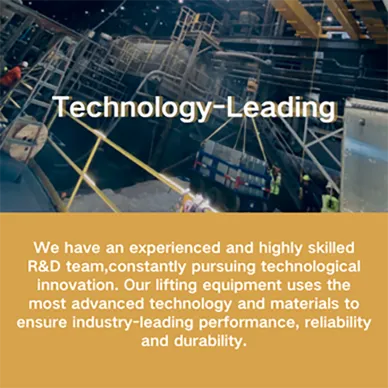heavy machinery relocation
Heavy Machinery Relocation Challenges and Best Practices
In the ever-evolving landscape of industrial operations, the relocation of heavy machinery has become a critical aspect for businesses that require versatility and adaptability in their operations. This process, while often overlooked, involves a myriad of challenges and necessitates meticulous planning and execution. Understanding these challenges and adopting best practices can significantly enhance operational efficiency, minimize downtime, and ensure the safety of personnel and equipment.
Understanding Heavy Machinery Relocation
Heavy machinery relocation refers to the process of moving large and often cumbersome equipment from one location to another. This can include various types of machinery such as cranes, excavators, bulldozers, and industrial-grade lathes. The reasons for relocation can vary widely, including the need to reconfigure production lines, expand manufacturing capabilities, or even shift operations to a different geographical location.
Despite its necessity, the relocation of heavy machinery is not a simple task. It often involves a complex interplay of engineering, logistics, and project management. Each piece of machinery presents unique challenges due to its size, weight, and operational specifications.
Challenges in Heavy Machinery Relocation
1. Logistical Constraints Relocating heavy machinery requires thorough logistical planning. The equipment must be transported on specialized vehicles, which necessitates route planning that considers road restrictions, bridge weight limits, and potential obstacles. Additionally, precise timing is essential to avoid disrupting regular operations.
2. Safety Concerns The movement of heavy equipment poses significant safety risks. Proper safety protocols must be established to protect workers during the packing, loading, and unloading stages. This includes assessing the physical state of the machinery, ensuring it is adequately secured for transport, and evaluating the skill and experience of personnel involved in the relocation process.
3. Disassembly and Reassembly Many heavy machines must be partially disassembled before they can be safely transported. This disassembly needs to be handled with care to avoid damaging sensitive components. Furthermore, reassembly at the new location requires skilled technicians who are familiar with the machinery’s operation and configuration.
heavy machinery relocation

4. Downtime Management Machinery downtime during relocation can yield significant losses in productivity. Effective planning can help mitigate downtime, but unforeseen issues such as delays in transport or unexpected machinery complications can extend this period. Implementing a phased approach can sometimes allow for partial production to continue while some equipment is being moved.
Best Practices for Effective Relocation
1. Detailed Planning Success in heavy machinery relocation begins with a detailed plan. This should include a comprehensive timeline, risk assessments, budget considerations, and contingencies for unexpected challenges. Engaging with stakeholders early in the planning process helps align everyone’s expectations and responsibilities.
2. Professional Assistance Utilizing experienced professionals who specialize in machinery relocation can greatly enhance the efficiency and safety of the operation. These specialists are familiar with the complexities involved and can provide the necessary equipment and manpower for a smooth relocation.
3. Utilizing Technology Advanced technologies, including 3D modeling and simulation software, can assist in planning and visualizing the relocation process. These tools can help identify potential obstacles and optimize the layout of the new site to ensure a seamless transition.
4. Training and Communication Continuous training for all personnel involved in the relocation process is essential. Clear communication channels should be established to ensure that everyone is informed of their roles and any changes in plans or procedures.
5. Post-Relocation Evaluation After the machinery has been successfully relocated, conducting a thorough evaluation is crucial. This includes checking that all equipment is functioning correctly and that the new setup indeed meets operational needs. Gathering insights from this evaluation can inform future relocations and improve procedures.
Conclusion
Heavy machinery relocation is a complex yet necessary aspect of many industrial operations. By understanding the challenges and implementing best practices, businesses can navigate this process more effectively. The key lies in meticulous planning, leveraging professional expertise, prioritizing safety, and ensuring clear communication. As industries continue to adapt and evolve, the ability to relocate heavy machinery efficiently will remain paramount for sustained operational success.
-
Unlock Seamless Relocation with Our Heavy Equipment Moving ExpertiseNewsJun.06,2025
-
Unleash Unrivaled Flexibility with Our Adjustable Gantry CraneNewsJun.06,2025
-
Unleash Heavy-Duty Efficiency with Our Industrial Gantry Crane SolutionsNewsJun.06,2025
-
Revolutionize Steel Handling with Our Magnetic Lifter RangeNewsJun.06,2025
-
Master Equipment Mobility with Premium Machinery Mover SolutionsNewsJun.06,2025
-
Elevate Your Material Handling with Magnetic Lifter TechnologyNewsJun.06,2025
-
YS Permanent Lifting Magnets: The Smarter Way to Handle SteelNewsMay.22,2025
